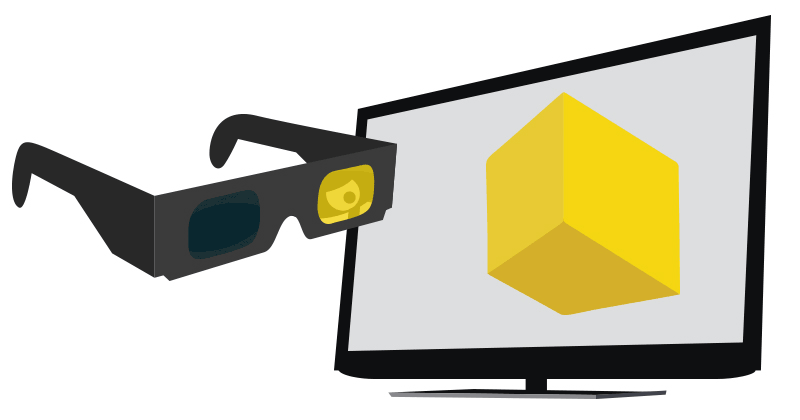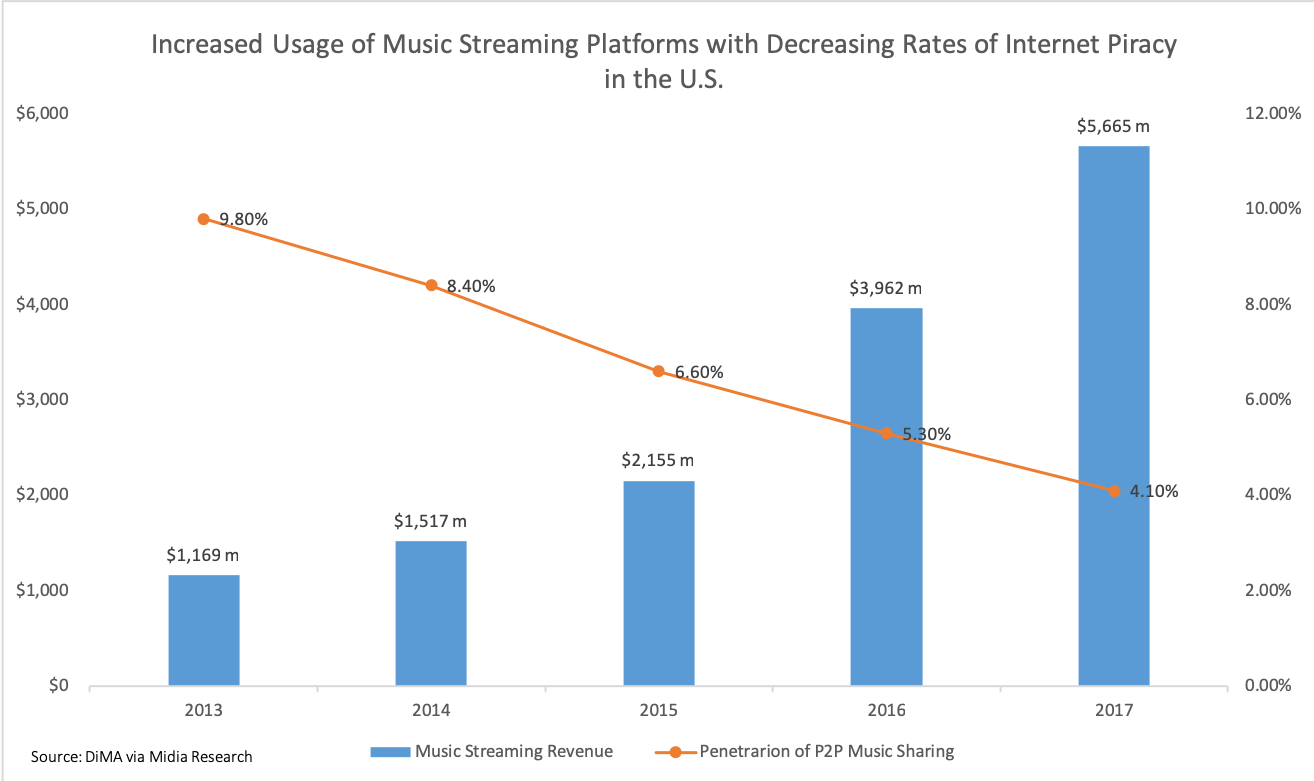|
RR Media
RR Media was a NASDAQ listed provider of global digital media services to the broadcast industry and content owners. Its services can be divided into four main groups: global content distribution network (satellite, fiber and the internet); content management & playout; sports, news & live events; and online video services. The company was rebranded to RR Media from RRsat in September 2014. In February 2016, it was announced that, subject to regulatory approvals, RR Media was to be acquired by SES, based in Betzdorf, Luxembourg, and merged with SES subsidiary company, SES Platform Services a media services provider for television broadcasters, production companies and platform operators, based in Unterföhring near Munich, Germany. In July 2016, the merged company was named MX1. Digital media services # Global content distribution services RR Media's global distribution network uses a combination of satellite, fiber and the internet. The network includes satellite downlink an ... [...More Info...] [...Related Items...] OR: [Wikipedia] [Google] [Baidu] |
Unterföhring
Unterföhring is a municipality in Upper Bavaria. It lies adjacent to the northeast side of Munich, and is one of the nearest suburbs to Munich's central district. History Before the establishment of Munich around 1158, an important crossing existed over the river Isar, the ''Föhringer Brücke''. Unterföhring was mentioned in documents for the first time in 1180 as an independent place (inferius Feringin). Unterföhring was part of the Prince-Bishopric of Freising. Since the Reichsdeputationshauptschluss of 1803 the place belongs to Bavaria. In the course of the administrative reforms in Bavaria the today's municipality was created with the municipality edict of 1818. Economy Unterföhring is one of the most important media centers of Germany. The 1950s saw the settlement of the RIVA photometric companies. In 1962 the Bavarian broadcaster ( BR) and ZDF took over RIVA Studios. In 1972, Taurus films, the later Kirch Group, was founded. Since 2000, ProSiebenSat.1 Media AG is also ... [...More Info...] [...Related Items...] OR: [Wikipedia] [Google] [Baidu] |
3D Television
3D television (3DTV) is television that conveys depth perception to the viewer by employing techniques such as stereoscopic display, multi-view display, 2D-plus-depth, or any other form of 3D display. Most modern 3D television sets use an active shutter 3D system or a polarized 3D system, and some are autostereoscopic without the need of glasses. As of 2017, most 3D TV sets and services are no longer available from manufacturers. History The stereoscope was first invented by Sir Charles Wheatstone in 1838.Contributions to the Physiology of Vision.—Part the First. On some remarkable, and hitherto unobserved, Phenomena of Binocular Vision. By CHARLES WHEATSTONE, F.R.S., Professor of Experimental Philosophy in King's College, LondonStereoscopy.com It showed that when two pictures are viewed stereoscopically, they are combined by the brain to produce 3D depth perception. The stereoscope was improved by Louis Jules Duboscq, and a famous picture of Queen Victoria was displ ... [...More Info...] [...Related Items...] OR: [Wikipedia] [Google] [Baidu] |
4K Resolution
4K resolution refers to a horizontal display resolution of approximately 4,000 pixels. Digital television and digital cinematography commonly use several different 4K resolutions. In television and consumer media, 38402160 (4K Ultra-high-definition television, UHD) is the dominant 4K standard, whereas the digital cinema, movie projection industry uses 40962160 (Digital Cinema Initiatives, DCI 4K). The 4K television market share increased as prices fell dramatically during 2014 and 2015. 4K standards and terminology The term "4K" is generic and refers to any resolution with a horizontal pixel count of approximately 4,000. Several different 4K resolutions have been standardized by various organizations. The terms "4K" and "Ultra HD" are used more widely in marketing than "2160p". While typically referring to motion pictures, some digital camera vendors have used the term "4K photo" for still photographs, making it appear like an especially high resolution even though 3840×2160 ... [...More Info...] [...Related Items...] OR: [Wikipedia] [Google] [Baidu] |
High-definition Television
High-definition television (HD or HDTV) describes a television system which provides a substantially higher image resolution than the previous generation of technologies. The term has been used since 1936; in more recent times, it refers to the generation following standard-definition television (SDTV), often abbreviated to HDTV or HD-TV. It is the current de facto standard video format used in most broadcasts: terrestrial broadcast television, cable television, satellite television and Blu-ray Discs. Formats HDTV may be transmitted in various formats: * 720p (1280 horizontal pixels × 720 lines): 921,600 pixels * 1080i (1920×1080) interlaced scan: 1,036,800 pixels (~1.04 MP). * 1080p (1920×1080) progressive scan: 2,073,600 pixels (~2.07 MP). ** Some countries also use a non-standard CEA resolution, such as 1440×1080i: 777,600 pixels (~0.78 MP) per field or 1,555,200 pixels (~1.56 MP) per frame When transmitted at two megapixels per frame, HDTV provides about five times ... [...More Info...] [...Related Items...] OR: [Wikipedia] [Google] [Baidu] |
Standard-definition Television
Standard-definition television (SDTV, SD, often shortened to standard definition) is a television system which uses a resolution that is not considered to be either high or enhanced definition. "Standard" refers to it being the prevailing specification for broadcast (and later, cable) television in the mid- to late-20th century, and compatible with legacy analog broadcast systems. The two common SDTV signal types are 576i, with 576 interlaced lines of resolution, derived from the European-developed PAL and SECAM systems, and 480i based on the American NTSC system. Common SDTV refresh rates are 25, 29.97 and 30 frames per second. Both systems use a 4:3 aspect ratio. Standards that support digital SDTV broadcast include DVB, ATSC, and ISDB. The last two were originally developed for HDTV, but are also used for their ability to deliver multiple SD video and audio streams via multiplexing. In North America, digital SDTV is broadcast in the same 4:3 aspect ratio as NTSC si ... [...More Info...] [...Related Items...] OR: [Wikipedia] [Google] [Baidu] |
Video On Demand
Video on demand (VOD) is a media distribution system that allows users to access videos without a traditional video playback device and the constraints of a typical static broadcasting schedule. In the 20th century, broadcasting in the form of over-the-air programming was the most common form of media distribution. As Internet and IPTV technologies continued to develop in the 1990s, consumers began to gravitate towards non-traditional modes of content consumption, which culminated in the arrival of VOD on televisions and personal computers. Unlike broadcast television, VOD systems initially required each user to have an Internet connection with considerable bandwidth to access each system's content. In 2000, the Fraunhofer Institute IIS developed the JPEG2000 codec, which enabled the distribution of movies via Digital Cinema Packages. This technology has since expanded its services from feature-film productions to include broadcast television programmes and has led to lower bandw ... [...More Info...] [...Related Items...] OR: [Wikipedia] [Google] [Baidu] |
Streaming Media
Streaming media is multimedia that is delivered and consumed in a continuous manner from a source, with little or no intermediate storage in network elements. ''Streaming'' refers to the delivery method of content, rather than the content itself. Distinguishing delivery method from the media applies specifically to telecommunications networks, as most of the traditional media delivery systems are either inherently ''streaming'' (e.g. radio, television) or inherently ''non-streaming'' (e.g. books, videotape, audio CDs). There are challenges with streaming content on the Internet. For example, users whose Internet connection lacks sufficient bandwidth may experience stops, lags, or poor buffering of the content, and users lacking compatible hardware or software systems may be unable to stream certain content. With the use of buffering of the content for just a few seconds in advance of playback, the quality can be much improved. Livestreaming is the real-time delivery of co ... [...More Info...] [...Related Items...] OR: [Wikipedia] [Google] [Baidu] |
Television Channels
A television channel is a terrestrial frequency or virtual number over which a television station or television network is distributed. For example, in North America, "channel 2" refers to the terrestrial or cable band of 54 to 60 MHz, with carrier frequencies of 55.25 MHz for NTSC analog video (VSB) and 59.75 MHz for analog audio ( FM), or 55.31 MHz for digital ATSC (8VSB). Channels may be shared by many different television stations or cable-distributed channels depending on the location and service provider Depending on the multinational bandplan for a given regional n, analog television channels are typically 6, 7, or 8 MHz in bandwidth, and therefore television channel frequencies vary as well. Channel numbering is also different. Digital terrestrial television channels are the same as their analog predecessors for legacy reasons, however through multiplexing, each physical radio frequency (RF) channel can carry several digital subchannels. On satel ... [...More Info...] [...Related Items...] OR: [Wikipedia] [Google] [Baidu] |
Content Delivery
Digital distribution, also referred to as content delivery, online distribution, or electronic software distribution, among others, is the delivery or distribution of digital media content (media), content such as Sound recording and reproduction, audio, motion graphics, video, e-books, video games, and other software. The term is generally used to describe distribution over an online delivery medium, such as the Internet, thus bypassing physical distribution methods, such as paper, optical discs, and VHS videocassettes. The term online distribution is typically applied to freestanding products; downloadable add-ons for other products are more commonly known as downloadable content. With the advancement of network bandwidth capabilities, online distribution became prominent in the 21st century, with prominent platforms such as Amazon (company), Amazon Video, and Netflix's Streaming media, streaming service starting in 2007. Content distributed online may be streamed or downloade ... [...More Info...] [...Related Items...] OR: [Wikipedia] [Google] [Baidu] |
Service Providers
A service provider (SP) is an organization that provides services, such as consulting, legal, real estate, communications, storage, and processing services, to other organizations. Although a service provider can be a sub-unit of the organization that it serves, it is usually a third-party or outsourced supplier. Examples include telecommunications service providers (TSPs), application service providers (ASPs), storage service providers (SSPs), and internet service providers (ISPs). A more traditional term is service bureau. IT professionals sometimes differentiate between service providers by categorizing them as type I, II, or III. The three service types are recognized by the IT industry although specifically defined by ITIL and the U.S. Telecommunications Act of 1996. *Type I: internal service provider *Type II: shared service provider *Type III: external service provider Type III SPs provide IT services to external customers and subsequently can be referred to as external s ... [...More Info...] [...Related Items...] OR: [Wikipedia] [Google] [Baidu] |
Uplink
In a telecommunications network, a link is a communication channel that connects two or more devices for the purpose of data transmission. The link may be a dedicated physical link or a virtual circuit that uses one or more physical links or shares a physical link with other telecommunications links. A telecommunications link is generally based on one of several types of information transmission paths such as those provided by communication satellites, terrestrial radio communications infrastructure and computer networks to connect two or more points. The term ''link'' is widely used in computer networking to refer to the communications facilities that connect nodes of a network. Sometimes the communications facilities that provide the communication channel that constitutes a link are also included in the definition of ''link''. Types Point-to-point A point-to-point link is a dedicated link that connects exactly two communication facilities (e.g., two nodes of a network, an in ... [...More Info...] [...Related Items...] OR: [Wikipedia] [Google] [Baidu] |



